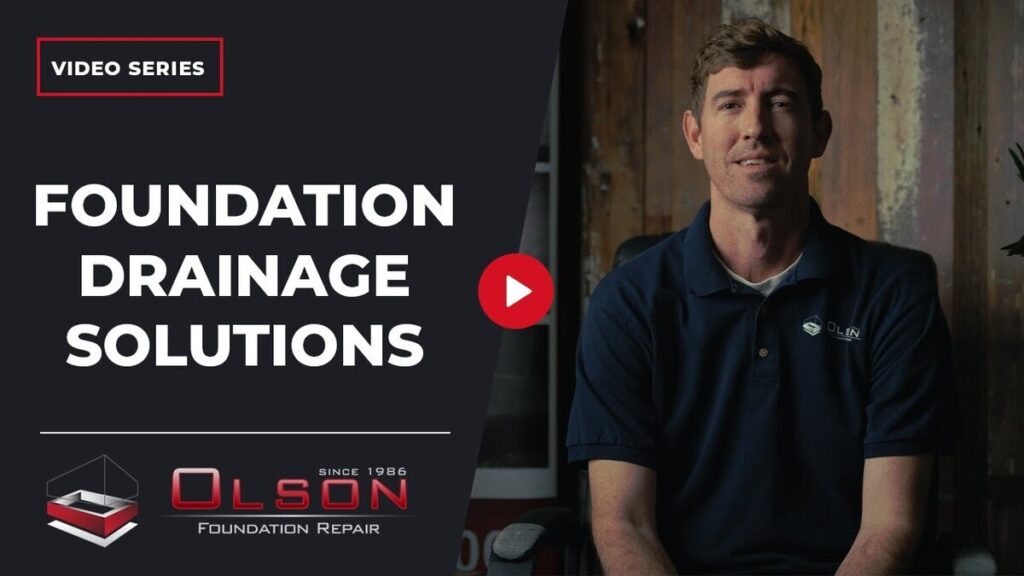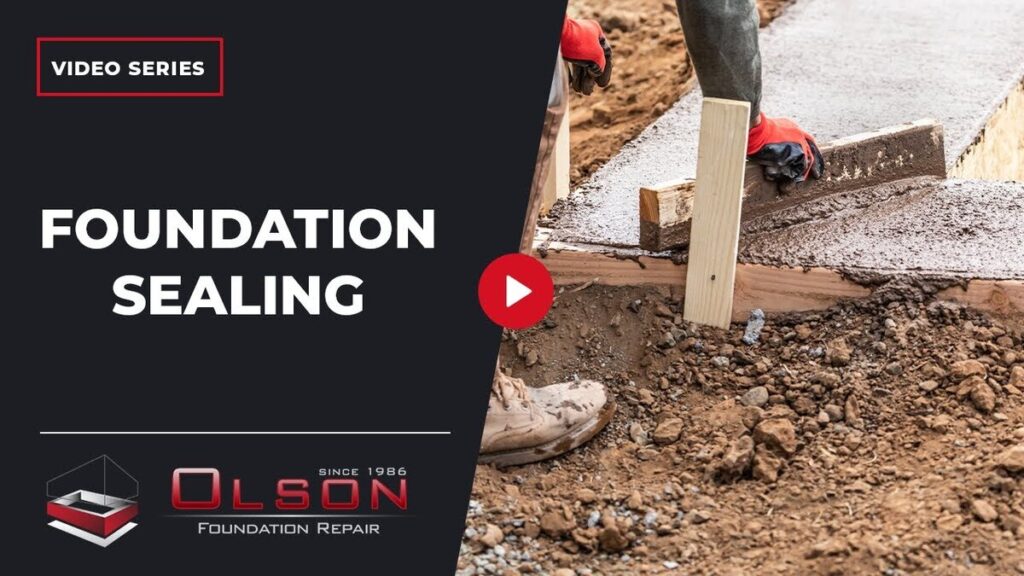When it comes to maintaining a home, understanding what are the early signs of foundation problems is crucial. The foundation is a pivotal part of your home’s structure, providing stability and support. Early detection of potential issues can prevent extensive and expensive damage. This article will walk you through the primary indicators of foundation distress, offering insight into how to recognize them and the steps you should take to address them effectively.
First Red Flags: Doors, Windows, and Walls
Doors and Windows
One of the earliest indications of foundation issues is difficulty in opening and closing front doors, back doors, and sliding glass doors. It’s common for doors to function differently across seasons due to natural expansion and contraction. However, if doors or windows consistently fail to close properly, it’s a warning sign. This difficulty often stems from the foundation shifting, causing misalignment in the frame structures.
Wall Movement
Another alarming sign is visible movement in walls, especially in basements. If you notice inward movement or bending, it’s often a consequence of foundation shifting. This movement can affect utilities, bending or breaking pipes, gas lines, and ductwork. Paying attention to these signs is crucial for early intervention.
Cracks and Settling
Sheetrock Cracks
Small cracks in sheetrock are often dismissed as minor cosmetic flaws, but they can be indicators of deeper foundation problems. These cracks typically appear due to the house settling unevenly, which can lead to significant structural issues if not addressed timely.
Settling of Front Porches
The settling of front porches is another red flag. While some settling is normal, excessive or uneven settling suggests that the soil beneath the foundation is shifting or compacting unevenly, potentially leading to foundation instability.
The Role of Soil and Foundation Type
In regions like Kansas City, soil movement and shifting are common, affecting the stability of foundations. The type and age of the foundation can influence how it responds to these soil changes. Recognizing the signs of foundation movement is crucial in these areas to prevent escalating damage.
DIY Checks and When to Seek Professional Help
Simple DIY Checks
Homeowners can perform simple checks, like monitoring cracks. Small cracks can be sealed with epoxy or silicone as a temporary fix. Observing whether these repairs hold over time, such as through a season, can provide valuable insight into the severity of the issue.
Seeking Professional Evaluation
If you notice cracks reopening or worsening after repairs, it’s time to seek professional evaluation. A specialist can assess whether structural repair is necessary or if cosmetic repairs are sufficient. This professional assessment is vital to determining the appropriate course of action.
Conclusion: Act Early to Protect Your Home
Ignoring the early signs of foundation problems can lead to severe structural damage and costly repairs. Homeowners should be vigilant in spotting these early warning signs, including issues with doors and windows, wall movements, and visible cracks.
Performing simple DIY checks can help, but it’s essential to consult with professionals for an accurate evaluation. Remember, acting early is key to protecting your home’s structural integrity and avoiding significant repair costs.
If you’ve noticed any of these signs and need expert advice, don’t hesitate to contact us for a thorough assessment and tailored solutions.




